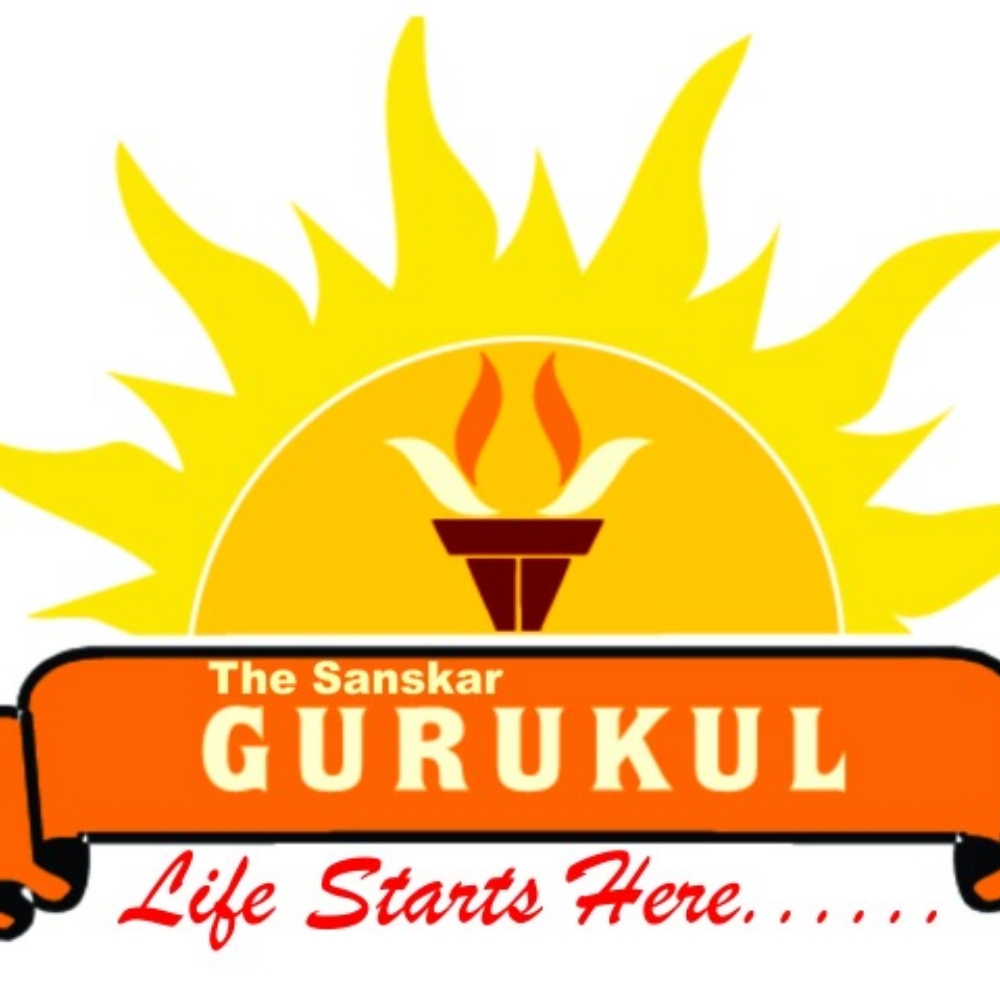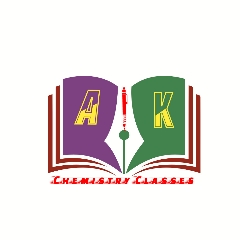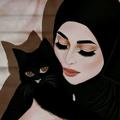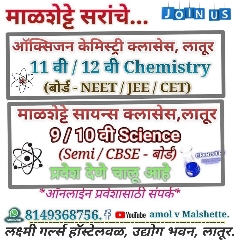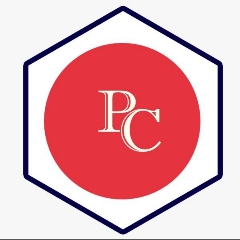Question 3 :
The suffixes for alcohols, aldehydes and ketones, according to IUPAC system are respectively :<br/>
Question 7 :
Which of the following reduction methods is not suitable for preparing an alcohol?<br>
Question 8 :
Primary alcohols are obtained by the reaction of Grignard reagent with : <br/>
Question 9 :
Which is the major product obtained by hydrolysis of compound formed by reaction between<br>formaldehyde and ethyl magnesium bromide?
Question 10 :
Which of the following are the starting materials for the Grignard's synthesis of tert. butyl alcohol?
Question 11 :
Acetyl bromide when reacts with excess of $CH_3MgI$ followed by treatment with saturated solution of $NH_4Cl$ it gives.
Question 12 :
An organic compound (A) reacts with methyl magnesium iodide to form an addition product which on hydrolysis forms the compound (B). Compound (B) gives blue colour salt in Victor Meyer's test. The compounds (A) and (B) are respectively:
Question 13 :
$CH_2=CHCHO + C_2H_5MgBr\xrightarrow{H_2O\cdot }P$ <div><br/>What is $P$ in the above reaction?<br/></div>
Question 14 :
Which of the following alcohol cannot be synthesized by using $\displaystyle { C }_{ 2 }{ H }_{ 5 }-Br$?
Question 16 :
Propane is not formed when ${C}_{3}{H}_{7}MgBr$ is treated with _________ .
Question 17 :
Assertion: Diisopropyl ketone on reaction with isopropyl magnesium bromide followed by hydrolysis gives 2 alcohol.
Reason: Grignard reagent acts as a reducing agent.
Question 19 :
A primary amine can be converted to an alchohol by the action of
Question 21 :
Alcohols containing only up to ___________ carbon atoms are completely miscible with water.<br/>
Question 27 :
Which of the following alcohols is the least soluble in water?
Question 29 :
Assertion: The solubility of n-alchol in water decreases with an increase in molecular weight.
Reason: The reactive proportion of the hydrocarbon part in alcohols increases with increasing molecular weight which permits enhanced hydrogen bonding in water.
Question 32 :
Alcohols containing only up to ________________ carbon atoms are completely miscible with water.
Question 33 :
Assertion: The solubility of n-alcohol in water decreases with an increase in molecular weight.
Reason: The reactive proportion of the hydrocarbon part in alcohols increases with increasing molecular weight which permits enhanced hydrogen bonding with water.
Question 36 :
Unlike phenol, 2,4-dinitrophenol is soluble in sodium carbonate solution in water because ?
Question 38 :
Which of the following will form ${ 1 }^{ o }$ alcohol?
Question 39 :
Which of the following compounds will give ethyl alcohol on reduction with $LiAIH_{4}$?
Question 42 :
Monochlorination of toluene in sunlight followed by hydrolysis with aq. NaOH yields.
Question 43 :
When $ H_2C = CH-COOH $ is reduced with $ LiAlH_4 $, the compound obtained will be:
Question 44 :
In which of the following solvents, KI has highest solubility? The dielectric constant $(\epsilon)$ of each liquid is given in parentheses.
Question 45 :
Preparation of phenol from benzene sulphonic acids follows which of the following mechanism?<br/>
Question 46 :
<div>$(CH_3)_2CHCHO+CH_3MgBr \xrightarrow {ether} A \xrightarrow {H_3O^+} B$</div><div><br/></div>The IUPAC name of '$B$' is :
Question 47 :
Which of the following reactions can be used to prepare $\begin{matrix} & OH & \\ & | & \\ C{ H }_{ 3 }- & C- & { C }_{ 6 }{ H }_{ 5 } \\ & | & \\ & { C }_{ 2 }{ H }_{ 5 } & \end{matrix}$
Question 48 :
$0.037$g of an alcohol, $R-OH$ was added to $CH_3MgBr$ and the gas evolved measured $11.2$ mL at STP. The molecular mass of $R-OH$ will be?
Question 49 :
Which one of the following compounds do not give a primary alcohol on reduction ?
Question 50 :
Identify by compound $B$ in the following series of reaction.<br/>Propanenitrile $\xrightarrow{Na/alc} A \xrightarrow[dil. HCl]{NaNO_2} B$.
Question 51 :
$C_6H_6$ + hot conc. $H_2SO_4$ $\rightarrow$ $X$<br/>$X + Y \rightarrow$ phenol<br/>Identify $X$ and $Y$.
Question 52 :
Assertion: Solubility on n-alcohols in water decreases with increase in molecular weight.<br/>
Reason: The relative proportion of the hydrocarbon part in alcohols increases with increasing molecular weight which permits enhanced hydrogen bond with water.
Question 54 :
Write the IUPAC name of $\begin{matrix} & OH & \\ & | & \\ C{ H }_{ 3 }-C{ H }_{ 2 }- & C & -C{ H }_{ 2 }-C{ H }_{ 3 } \\ & | & \\ & C{ H }_{ 3 } & \end{matrix}$
Question 55 :
Which of the following is not an example of symmetrical ether?
Question 56 :
The coupling between ${C}_{2}{H}_{5}MgBr$ and $MeBr$ gives propane in the presence of:
Question 57 :
Statement-1: In the fermentation process of molasses, along with yeast, $(NH_{4})_{2}SO_{4}$ and $(NH_{4})_{3}PO_{4}$ are added.<br/>Statement-2: Both $(NH_{4})_{3}PO_{4}$ and $(NH_{4})_{2}SO_{4}$ act as food and help in the growth of yeast.<br/>
Question 58 :
The general molecular formula, which represents the homologous series of alkanol is:
Question 60 :
Diborane reacts with an alkene $A$ to give trialkyl borane as an addition product. The formed product is oxidized to alcohol by $H_2O_2$ in presence of aq. $NaOH$. Which of the following can not be the final product?
